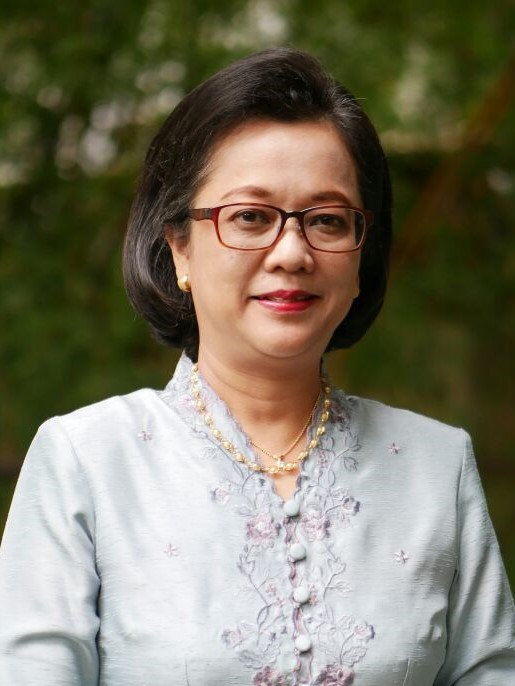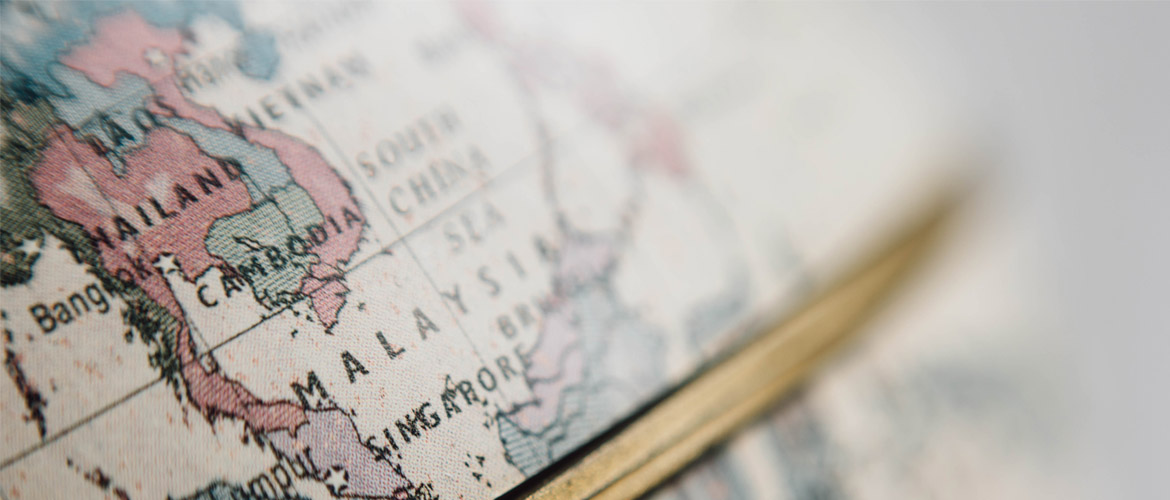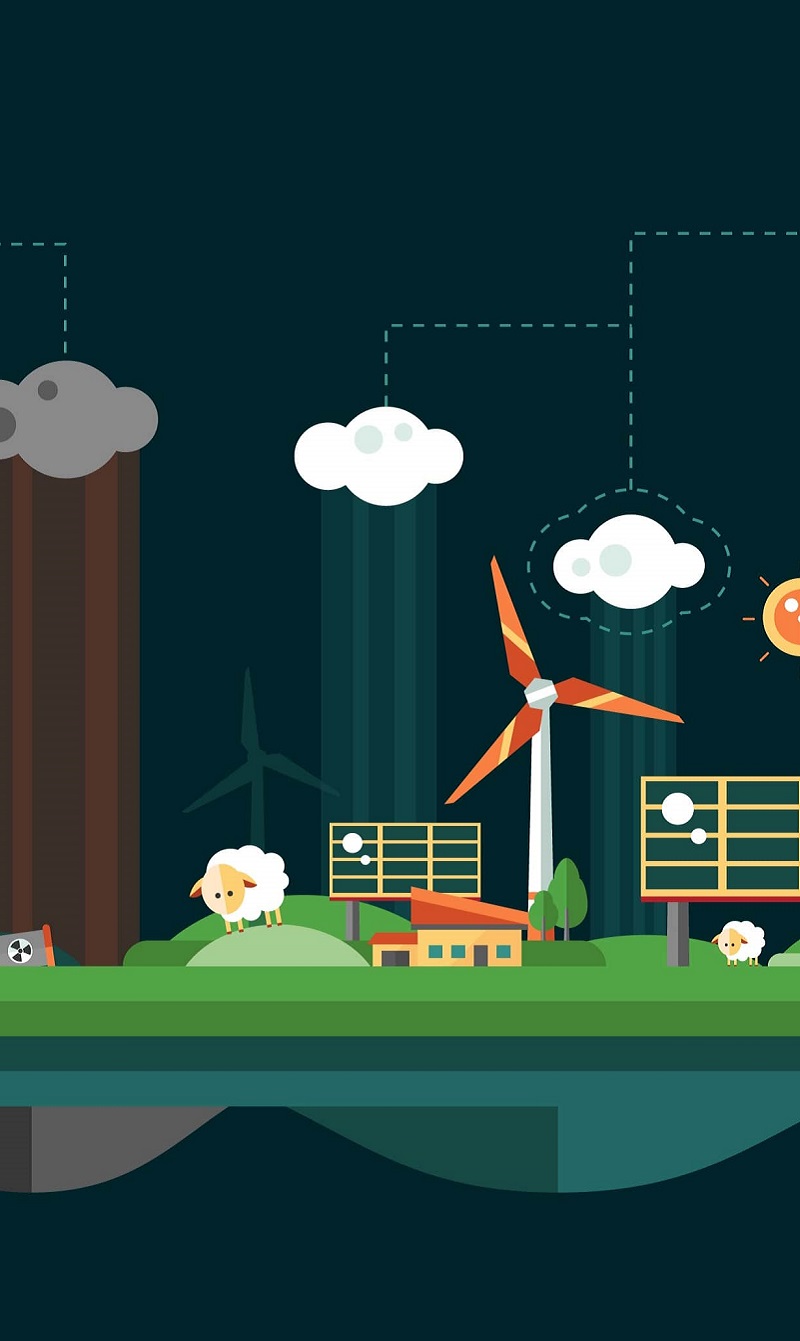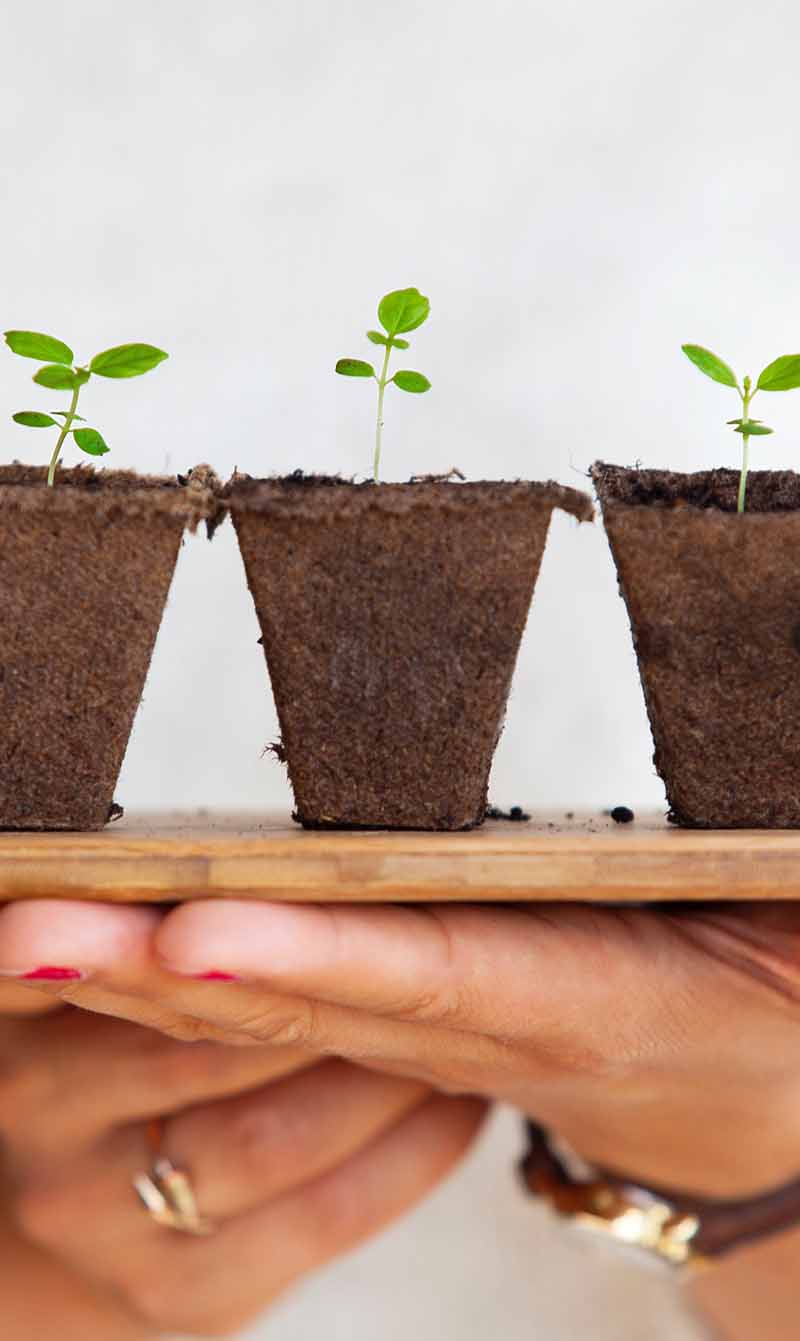Sustainably speaking
An expert explains what should be the direction of SEA’s sustainable development goals for the next decade and why are they important for these countries. Most of all, how can sustainable development goals be achieved by SEA countries.
A panel speaker for WIEF Roundtable 2017 in Jakarta on 5 October, Professor Dr Armida Alisjahbana, an expert in economics as well as sustainable development goals (SDGs) discusses how Southeast Asian countries have progressed when it comes to sustainable development in the past decade. ‘Sustainable development is not a new concept. It’s a concept introduced in the Earth Summit Agreement in Rio de Janeiro in 1992. This was the first time the Agenda 21 on Sustainable Development was introduced and agreed on by participating countries,’ she says.
‘Ever since countries in the world started to embrace and implement the sustainable development concept. There are countries that have been leaders in this endeavour right from the start. On the other hand, there are countries that realised the importance of sustainable development much later,’ she continues.

According to Alisjahbana, who’s the director of Universitas Padjadjaran’s Centre for Sustainable Development Goals Studies in Indonesia, the same can be said for Southeast Asia countries which have progressed in different stages of sustainable
development. ‘Overall, it can be said that Southeast Asian countries comprising mostly of the 10 ASEAN countries have recognised the importance of embracing sustainable development with economic, social and environmental pillars into their development strategies.’
Alisjahbana explains that several notable signs of progress that have been achieved by Southeast Asian countries are in the areas of rapid reduction in poverty, achievement of primary education, rapid expansion of primary healthcare services, provision of basic infrastructure, clean water, roads, electricity, agricultural sector and increasing production, emerging small-and-medium enterprises (SME), infrastructure connectivity and many more.
However, she cautions, many unfinished development agenda and challenges remain. ‘Vulnerable people to poverty and inequality are still immense, decent jobs are slow to materialise as many jobs are in the informal sector, quality education at all levels is still a challenge including a mismatch between the skills acquired with that required by the market,’ she says.
The core objectives of SDGs are aimed at abolishing poverty and leave no one behind by 2030.
Natural resources and environmental management is an increasing concern with the increased economic activity. The incidence of forest fires, urban pollution, depletion of minerals which is still not at a sustainable level. Rapid urbanisation poses a unique challenge to Southeast Asian countries as this region has seen an increasing rate during the past decade.
‘It’s therefore relevant and highly important for Southeast Asian countries to embrace and realise SDGs targets. SDGs are as much a global commitment as well as a national commitment. It’s also to the benefit of each country concerned including Southeast Asian countries to consistently and systematically implement SDGs into their national development agenda and priorities,’ Alisjahbana reminds.
The professor takes time off to answer a few more questions on SDGs before WIEF Roundtable where she’ll be speaking on the topic ‘Scaling-up the Global Green Economy’.
What are SDGs?
SDGs are 2030 global development agenda. All 196 countries have pledged their commitment to implement SDGs as their development agenda and priority. SDGs are not a mere continuation of Millennium Development Goals (MDGs). Instead, they’re MDGs plus. Its objectives are to develop equally the three pillars of development which are economic, social and environment strengthened by good governance and good institutions.
Why are SDGs important for Southeast Asia?
The core objectives of SDGs are aimed at abolishing poverty and leave no one behind by 2030. SDGs’ concerns are not only education, health, employment opportunity or inequality but also aim at natural resources, land, biodiversity, ocean and maritime resources management in a sustainable manner. SDGs seek a more secure and just society. They also take into account effective means of implementation by taking on board all stakeholders concerned. They leverage partnership among the stakeholders including partnership among countries between multilateral agencies with countries’ participation of private sector. Partnership’s not only about funding but it’s also about transfer of technology, trade and capacity building.
What should be the direction of SEA’s SDGs for the next 10 years?
The direction of SDGs for Southeast Asian countries certainly depends on the particular challenges faced by each country. The challenges will be correlated positively with each country’s particular stage in development. But in general, there are several priority strategies that each country has to focus on to implement SDGs. Three major strategies are:
1. Continue to focus on the development of its human capital. This involves priority sector such as education, health, nutrition, and gender. For example, unlike Singapore or Laos, Indonesia would’ve to prioritise achievement of universal higher secondary education and quality education at all levels and education that supplies the capacity to innovate.
2. Very high priority on sustainable economic development. This would entail development of leading sectors based on the countries’ competitive advantage. For example, Thailand has consistently developed its agricultural sector to include agribusiness sector that has enabled Thailand to become not only self-sufficient in food production but also to become a major global food exporter. Development of economic sector of each country has to be supported by the necessary infrastructure and human resource needs including basic infrastructure, connectivity and efficient logistics system for the leading sectors to compete globally. Well-developed leading sectors will have the intended multiplier effect to the local economy such as job creation and services sector to flourish.
3. Good governance and strong institutions are a must. This prerequisite has to be built into the bureaucracy (the executive), legislative, judicative and the political system. These are the foundations upon which the economy will be able to flourish.
How can green growth help in achieving SDGs?
Green growth means fostering economic growth and development while ensuring that natural assets continue to provide the resources and environmental services on which our well-being relies (OECD, 2016). Green growth doesn’t contradict the growth objectives. It supports the attainment of economic growth of a country in a more sustainable manner.
By green growth, the use of inputs and resources are done in a much more efficient manner. It considers the sustainability of the environment. However, the realisation of green growth needs technology and therefore investment. For example, to have a sustainable electricity generation, there are several options to be developed such as energy directly sourced by the sun (solar panel), wind energy, current energy, or geothermal energy.
The challenge is how to ensure the development of renewable energy is price competitive and able to reach the consumers in a convenient way. But with advances in technology, unit costs of various renewable energy have considerably decreased. It’s the task of government to facilitate the development and use of renewable energy in a form of various support and incentives until the market is mature (no subsidy given by the government).
How can political leaders implement the right policies and institutions to help reach SDGs?
Commitment and roles of political leaders are of immense importance. Strong commitment and leadership from political leaders have to be complemented with legislation and regulation to support the implementation of sustainable development. The strong commitment and leadership have to run from the leaders from national level until the lowest governmental level (village level). SDGs have to be mainstreamed into the national development plan, complemented with action plans. Unlike MDGs which are more top-down and government-heavy approach, SDGs have to embrace all stakeholders concerned such as government, the private sector, academics, NGOs and communities.
Not least important is the partnership with other countries and multilateral institutions that can leverage the best practice, lesson learned, capacity building, and such, for successful implementation of SDGs. Engagement of parliamentarians, media and all relevant stakeholders often times influence the effectiveness of certain SDGs target realisation.
___________________





